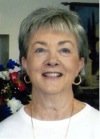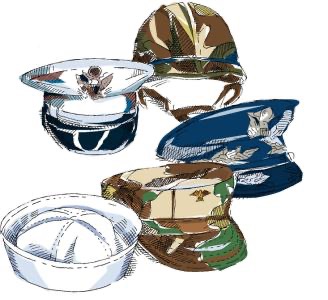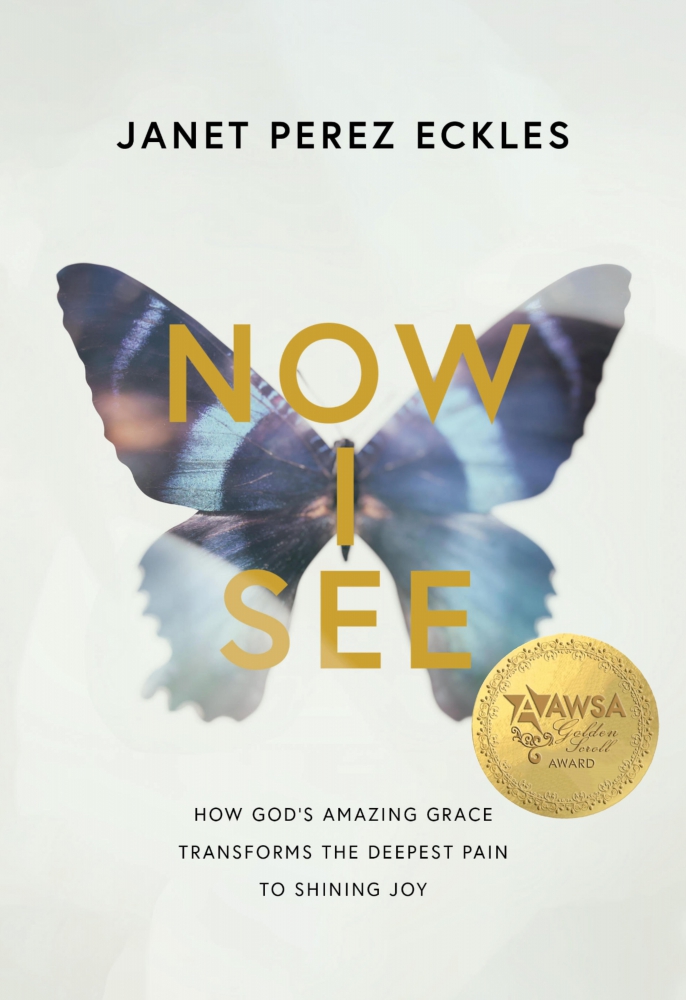On the Porch
Onisha Eiils
Last Friday was a fun day and a scary day.
We have precious friends from way back in time who live in a different city. Since we live in a small rural area, we have to drive to find good healthcare. Meeting up with friends on doctor visit days would inject some fun into the chore, So, we chose doctors in their city.
Recently we got the wild idea to get together without seeing a doctor. We met at their home, enjoyed a leisurely coffee with a pre-lunch treat of decadent cupcakes from Publix grocery, then went out to lunch.
After lunch we went plant shopping at what I call the “flower man”. It isn’t a nursery exactly. It is in the backyard of a man’s home. It’s a big yard and he has several greenhouses. The plants I buy from him seem to survive and thrive better than the commercial ones. Plus, I simply enjoy walking around with a friend and enjoying all of the color. (i’m big into geraniums and coleus this year.)
Photo Credit:Soileau Greenhouse Anderson, SC
When we went out to lunch we drove one car. We both needed to go to Sam’s Club Warehouse after lunch but would drive our own cars because we had a cooler for the cold items.
My husband had been quiet after lunch but he tires easily so I put it down to an energy slump. But on the drive to Sam’s he began experiencing shortness of breath and complained of pain in his lung area. Our fun day became a scary day.
He used his inhaler while I was suggesting we detour to the emergency room. We were both concerned about a pneumothorax. My husband has a strong dislike of emergency rooms and when he didn’t rule out a visit I began mentally planning the fastest route to the hospital.
I think his distaste of an ER visit must have opened up his lungs. The pain subsided and he wanted to continue with our plans. I suggested that he wait for me in the snack cafe while I shopped but he wanted to walk with me. He did ok but looked tired so I suggested we go to the cafe and get a drink and some ice cream before driving home. I texted our friends who were checking out and they joined us. And surprise, surprise, his very berry ice cream sundae settled his breathing!

Photo Credit: Sams Club
Saturday he was a little slow moving. I kept busy around the house while he did his morning breathing treatment. The chilly morning warmed nicely with a gentle cool breeze. I suggested coffee on the porch. We sat sipping our coffee, talking and observing the birds coming to the feeders. When I finished my coffee I began to think of the house chores I needed to complete. I looked over at my husband and decided “forget the chores, savor the time.”
The afternoon slipped sweetly away. Last Saturday was a very good day.
This is the day the Lord has made. We will rejoice an be glad in it. Psalm 118:24

I asked A.I. to create a picture of Jesus walking next to water holding a child’s hand. I had no idea it would do such an amazing job.

After my retirement, I decided to re-learn the canning and preserving skills I learned from my mother but hadn’t practiced for twenty years. I titled the blog Old Things R New to chronicle my experience. Since then I have been blessed to have six other bloggers join me, DiVoran Lites, Bill Lites, Judy Wills, Louise Gibson, Janet Perez Eckles and Melody Hendrix
In addition to blogging, I’m a general “mom Friday” for my author daughter, Rebekah Lyn. I also manage her website, Rebekah Lyn Books
My 2023 goal is continue to use my love of photographs and words to be an encourager on social media.




































